24 Legendary Rock Bands That No Longer Exist
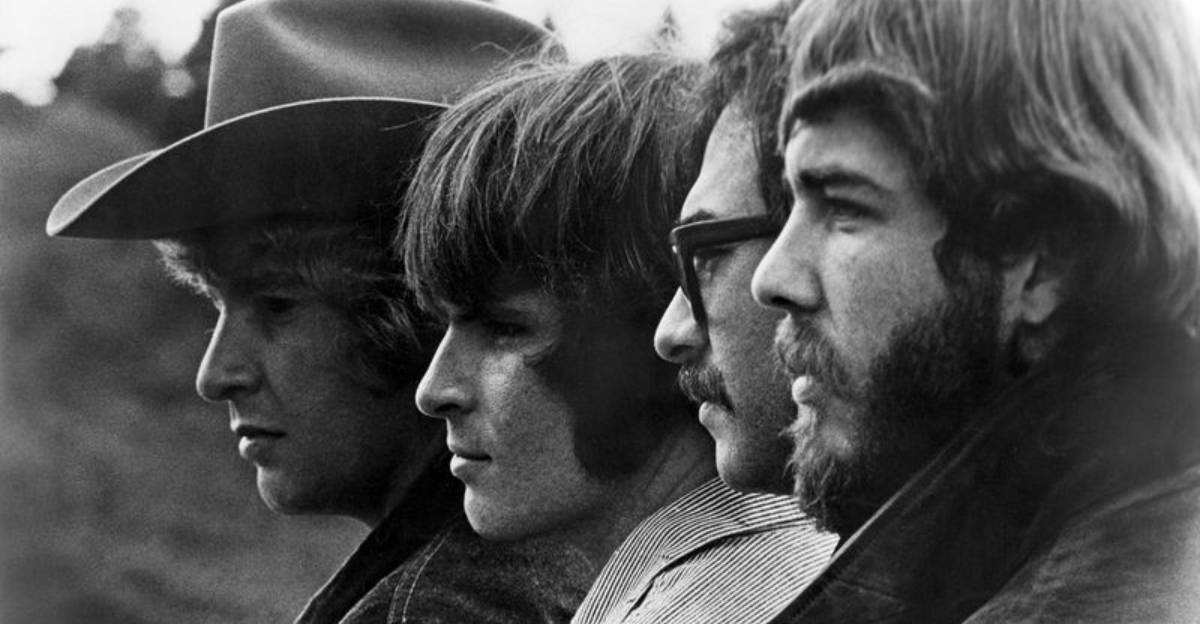
Rock music has given us incredible bands that defined generations with their groundbreaking sounds and electrifying performances. While their music lives on through recordings and memories, many iconic groups have called it quits over the years.
Let’s remember these legendary rock bands that once ruled stages worldwide but have since disbanded, leaving behind remarkable musical legacies.
1. Led Zeppelin
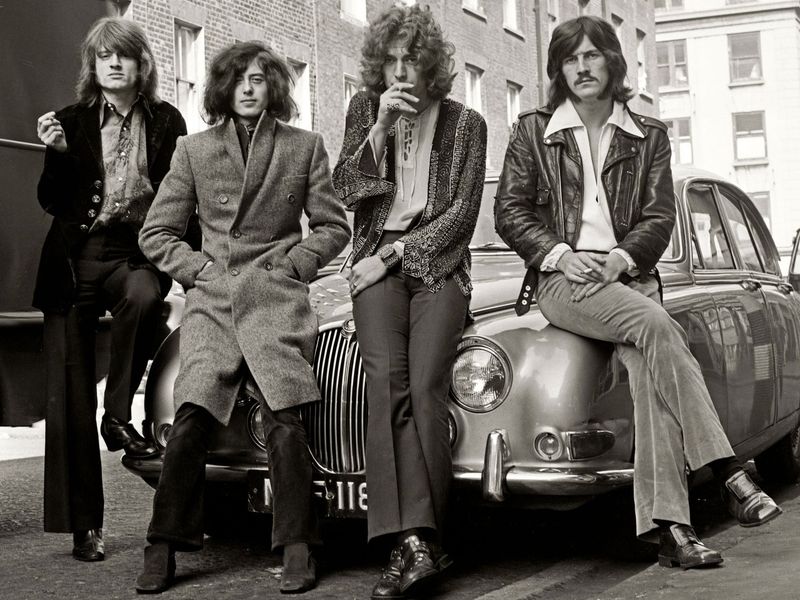
Thunder gods of rock who crashed to earth after drummer John Bonham’s tragic passing in 1980. The remaining members refused to continue without him, ending their 12-year reign of hard rock dominance.
Their mystical blend of blues, folk, and bone-crushing heaviness revolutionized music forever. “Stairway to Heaven” still echoes through radio stations worldwide, a testament to their undying influence.
2. The Beatles
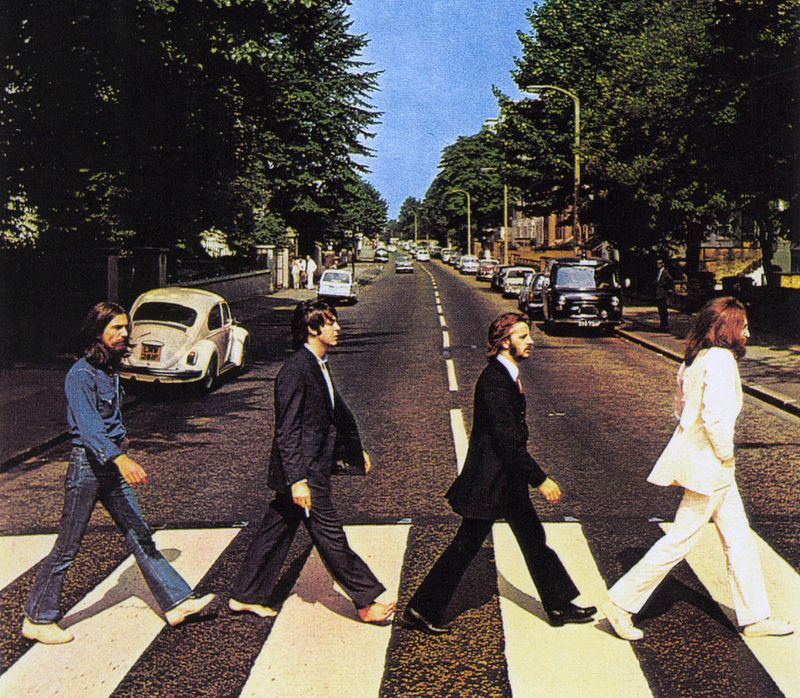
Fab Four phenomenon that forever altered music’s landscape before their 1970 split shocked the world. Creative differences and business disputes tore apart the revolutionary partnership of Lennon, McCartney, Harrison, and Starr.
From matching suits to psychedelic experimentation, their evolution mirrored the cultural revolution of the 1960s. Despite lasting only a decade, they produced an unparalleled catalog that continues to inspire generations.
3. Nirvana

Grunge revolutionaries silenced forever by Kurt Cobain’s heartbreaking suicide in 1994. The Seattle trio had exploded from underground obscurity to reluctant superstardom in just three years.
Their raw, angst-filled sound became the voice of Generation X, challenging hair metal’s dominance with authentic rage and vulnerability. “Nevermind” remains a cultural watershed that transformed alternative music into mainstream currency.
4. The Doors
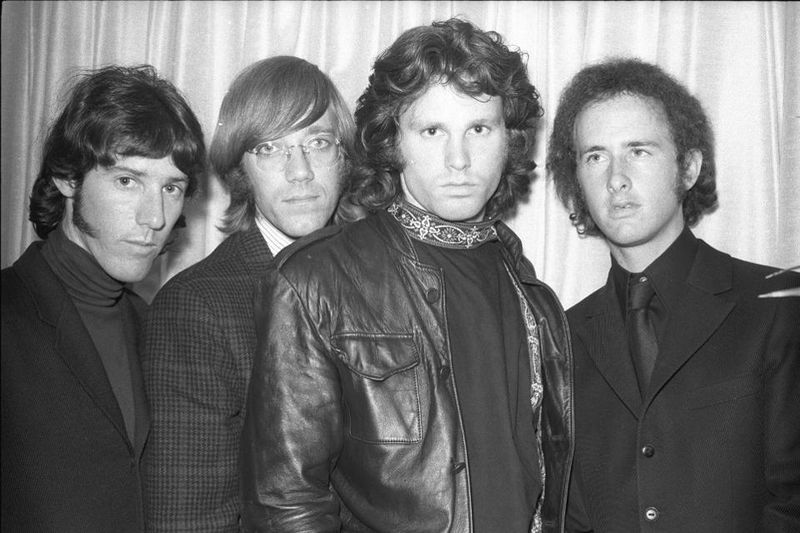
Psychedelic shamans whose mystical journey ended when Jim Morrison passed away mysteriously in Paris in 1971. The remaining members struggled on briefly before accepting the impossible task of replacing their charismatic frontman.
Their hypnotic fusion of poetry, jazz, and blues created a darkly seductive sound unlike anything else in rock. Morrison’s brooding presence and unpredictable performances made them both celebrated and controversial cultural icons of the late 1960s.
5. Creedence Clearwater Revival
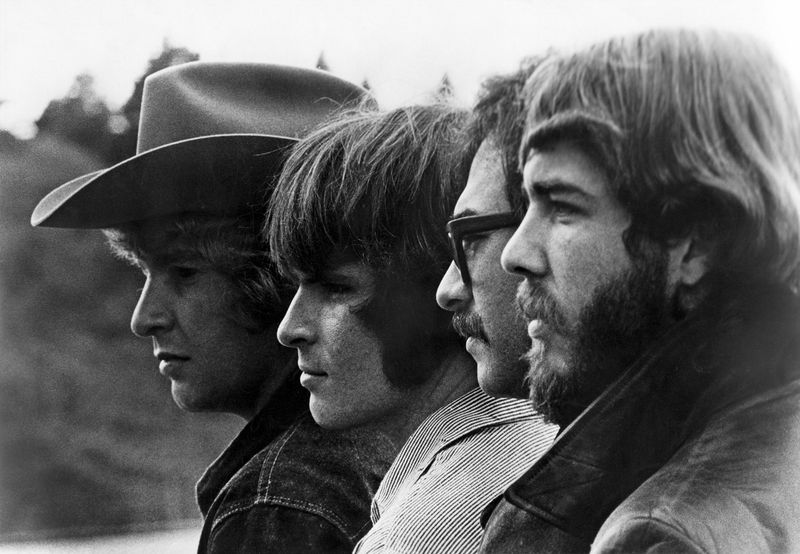
Sibling tensions shattered Creedence Clearwater Revival at their peak, despite their California roots conjuring authentic swamp vibes. John Fogerty’s gritty growl and guitar fueled a three-year burst of timeless hits.
Legal disputes and lingering rifts have blocked reunions, leaving fans to treasure their brief roots-rock mastery.
6. The White Stripes
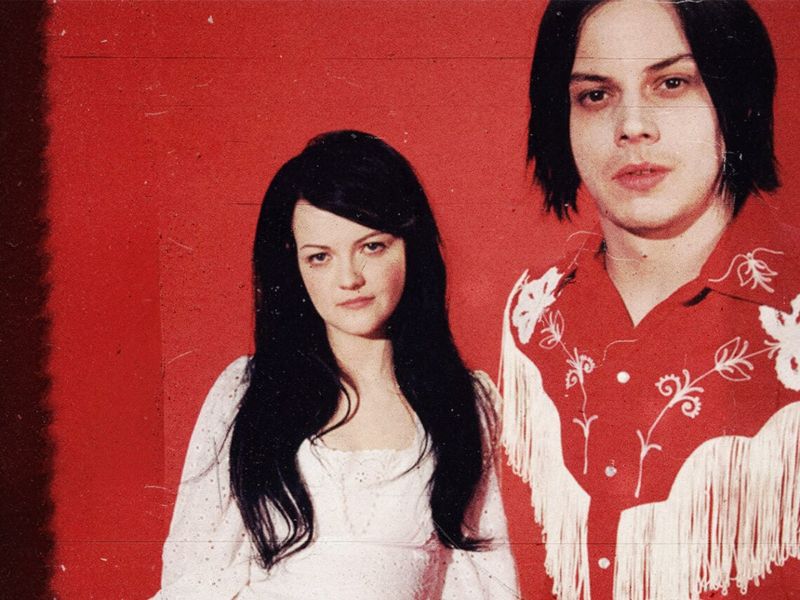
Red-and-white minimalist duo who shocked fans with their sudden 2011 breakup. Jack and Meg White’s stripped-down garage blues revitalized rock during the early 2000s music industry crisis.
Their self-imposed limitations—just guitar, drums, and voice—paradoxically expanded their creative possibilities. Despite claiming no bad blood caused their split, the mysterious ex-spouses have never reunited, leaving their raw, primal sound frozen in amber.
7. Talking Heads
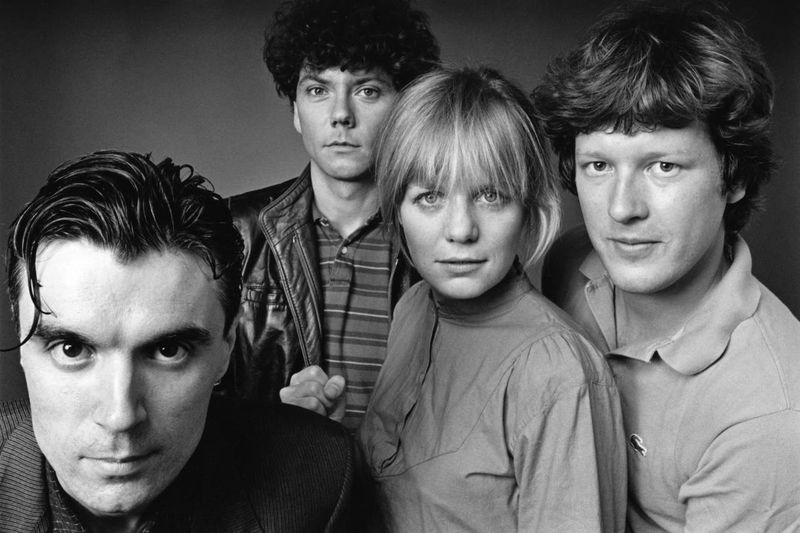
Creative clashes dimmed Talking Heads’ quirky energy by 1991, ending their genre-blending run. David Byrne’s distinctive vocals and polyrhythmic experiments merged punk, funk, and world music.
From CBGB origins to Afrobeat pioneers, their restless spirit endures, though bitterness has stalled any full reunion.
8. R.E.M.
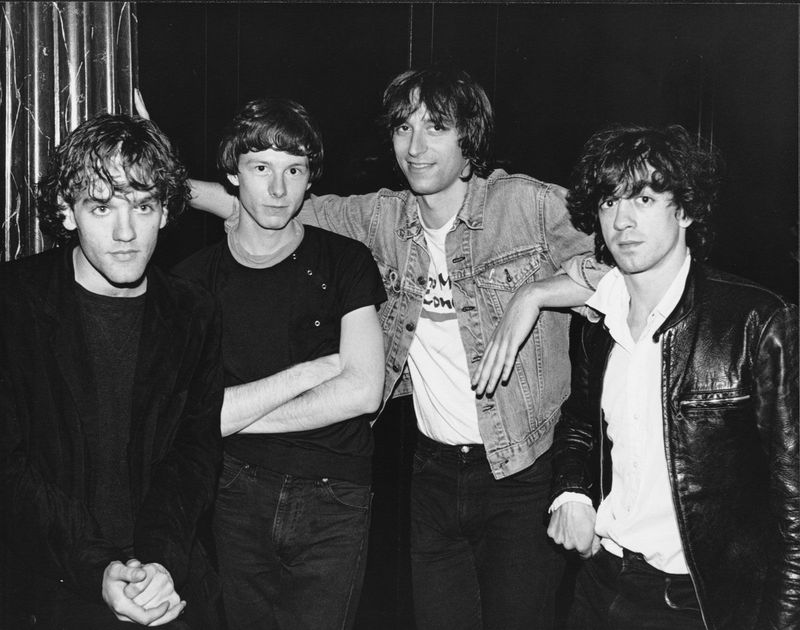
College rock trailblazers who gracefully disbanded in 2011 after three decades of alternative excellence. Unlike most rock breakups, R.E.M.’s dissolution came without drama—just four friends deciding they’d accomplished everything together.
Michael Stipe’s mumbled poetry and Peter Buck’s jangly guitar defined indie rock before it had a name. Their journey from Athens, Georgia obscurity to global stardom never compromised their artistic integrity or environmental activism.
9. The Smiths
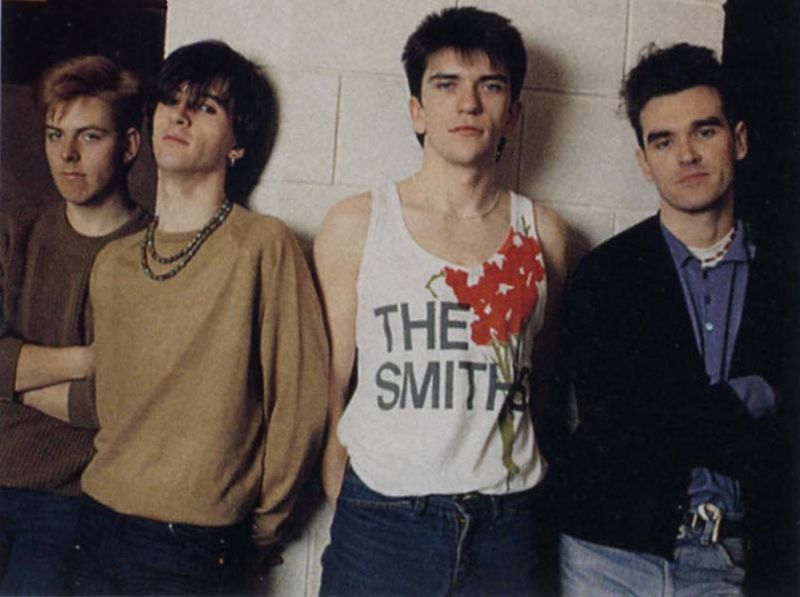
After three decades, R.E.M. amicably parted in 2011, having achieved their artistic goals. Michael Stipe’s poetic lyrics and Peter Buck’s jangly guitar defined indie rock’s roots.
From Athens obscurity to global fame, their integrity and activism shone, leaving a catalog of alternative excellence.
10. The Police
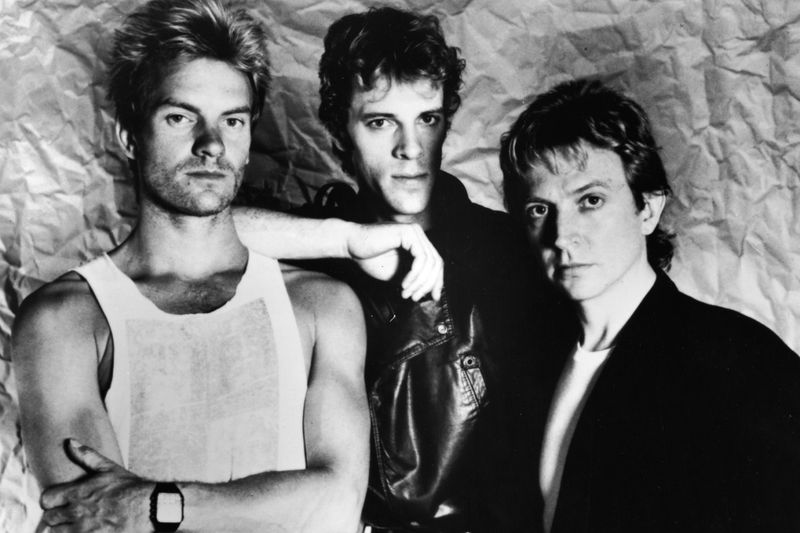
Punk-reggae fusionists whose massive success accelerated their inevitable implosion. Sting, Andy Summers, and Stewart Copeland’s volatile relationship produced five perfect albums before creative differences and ego clashes tore them apart.
Their transition from spiky new wave to sophisticated pop showcased their remarkable musicianship. A successful 2007 reunion tour proved they could still deliver the goods, but didn’t heal the personal rifts that originally drove them to solo careers.
11. Rage Against the Machine
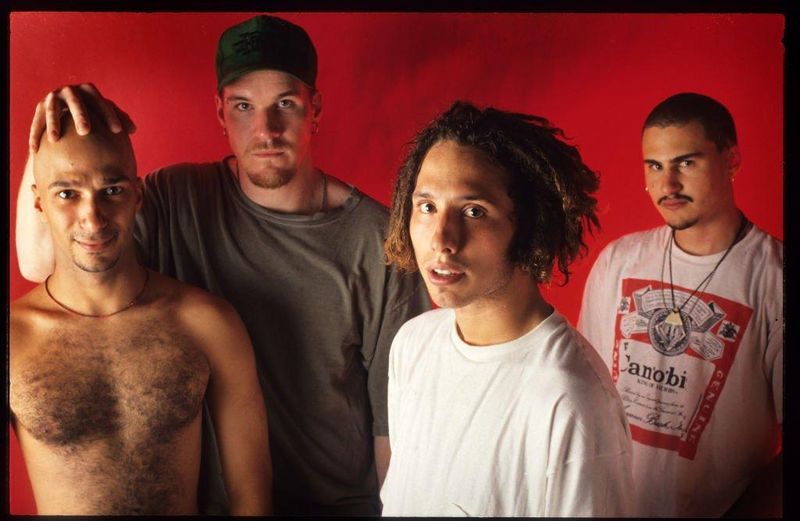
Political fervor powered Rage Against the Machine’s three albums before their flame flickered out. Zack de la Rocha’s fierce rhymes and Tom Morello’s groundbreaking guitar forged a militant sound.
Their anti-establishment stance defined 1990s activism, with sporadic reunions unable to recapture their original intensity.
12. Joy Division
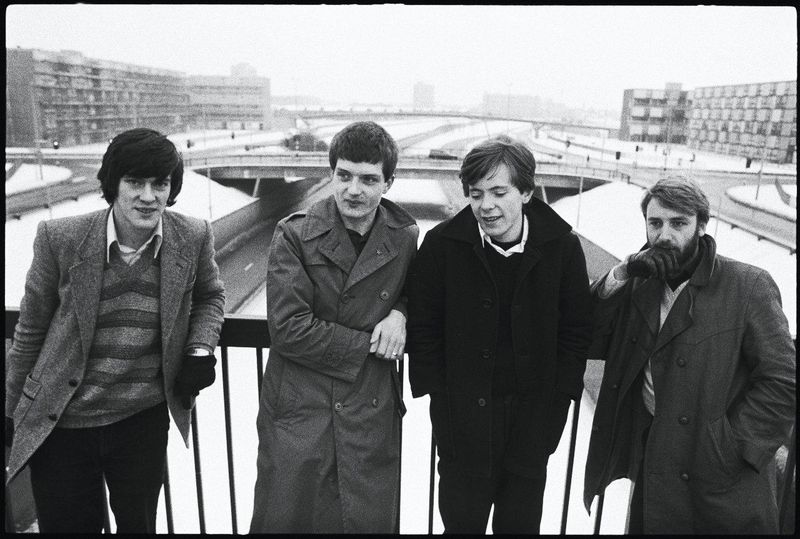
Post-punk pioneers whose haunting journey ended with Ian Curtis’s suicide just before their American breakthrough. The remaining members transformed their grief into New Order, but Joy Division’s brief existence left an indelible mark on alternative music.
Curtis’s baritone delivery and epilepsy-influenced dancing created a mesmerizing stage presence. Their sparse, atmospheric sound and themes of alienation continue influencing bands decades after their abrupt end in 1980.
13. The Clash

Commercial pressures extinguished The Clash’s political fire, with Mick Jones’s 1983 exit marking their decline. Joe Strummer and Jones blended reggae, rockabilly, and hip-hop into punk’s boldest vision.
London Calling remains a towering achievement, though their integrity faltered in their final diluted chapter.
14. Cream
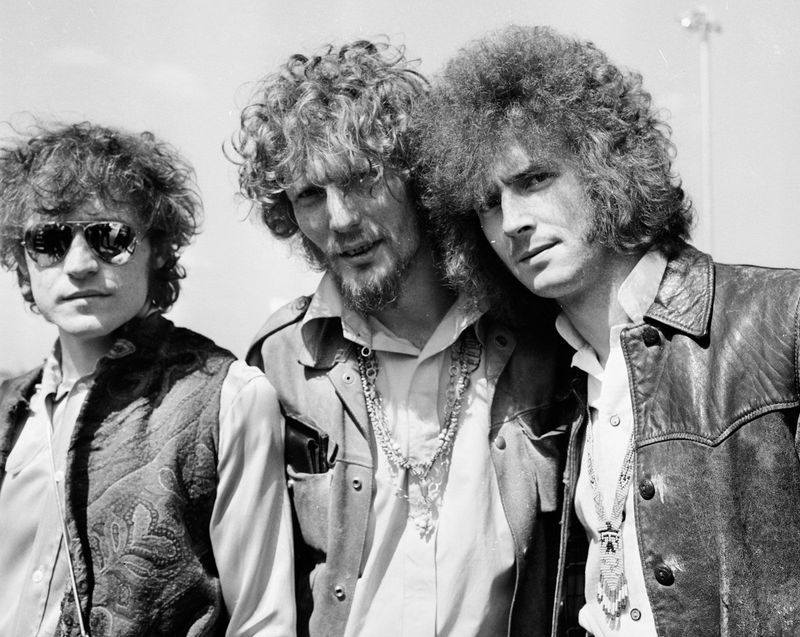
Blues-rock supergroup whose spectacular talent was matched only by their members’ massive egos. Eric Clapton, Jack Bruce, and Ginger Baker’s groundbreaking power trio format showcased extended improvisations and thunderous volume.
Their brief two-year existence produced just four albums but revolutionized rock’s possibilities. Despite reunion concerts decades later, their volatile chemistry proved impossible to sustain, leaving fans to wonder what might have been had they found a way to coexist.
15. Oasis
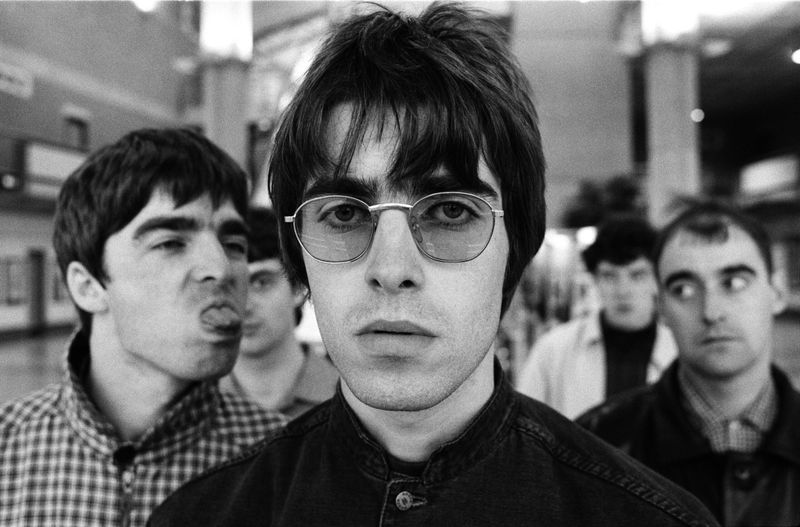
Britpop behemoths whose sibling rivalry between Liam and Noel Gallagher finally exploded backstage in Paris in 2009. Their unapologetic rock star swagger and Beatles-inspired melodies made them the defining UK band of the 1990s.
“Wonderwall” and “Don’t Look Back in Anger” became generational anthems that transcended their era. Despite countless reunion rumors and massive financial incentives, the brothers’ legendary feuding has prevented any reconciliation, keeping their legacy untarnished by nostalgia.
16. Sonic Youth
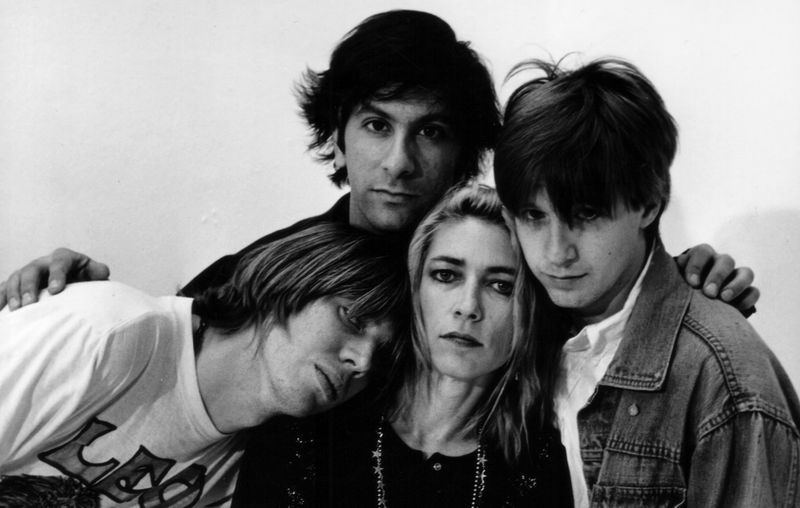
The divorce of Thurston Moore and Kim Gordon in 2011 halted Sonic Youth’s avant-garde journey. Their unconventional tunings and art-school punk crafted a daring catalog.
From no-wave roots to major-label intrigue, their uncompromising vision thrived for three decades, leaving an indelible mark.
17. Velvet Underground
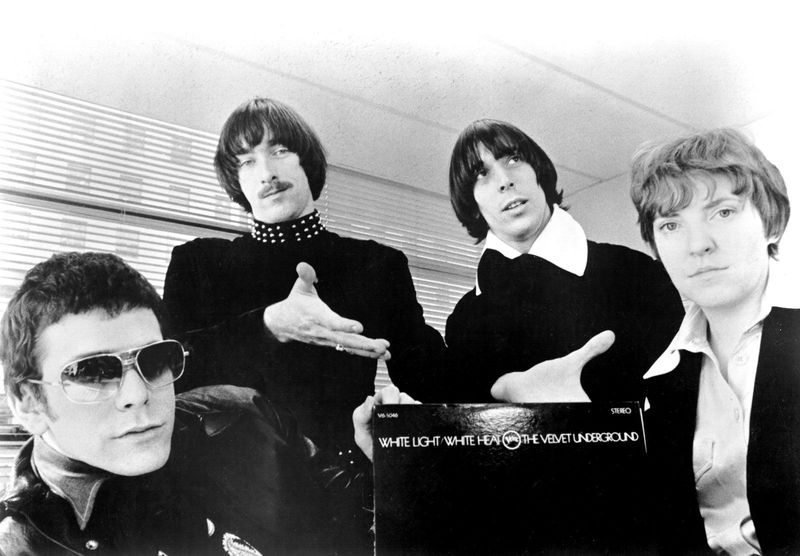
Commercial obscurity belied Velvet Underground’s vast influence, with Lou Reed’s poetry and John Cale’s experimentation shocking 1960s audiences. Andy Warhol’s protégés explored taboo themes, inspiring countless bands.
Brian Eno noted their debut’s buyers all formed bands, cementing their cult legacy.
18. The Band
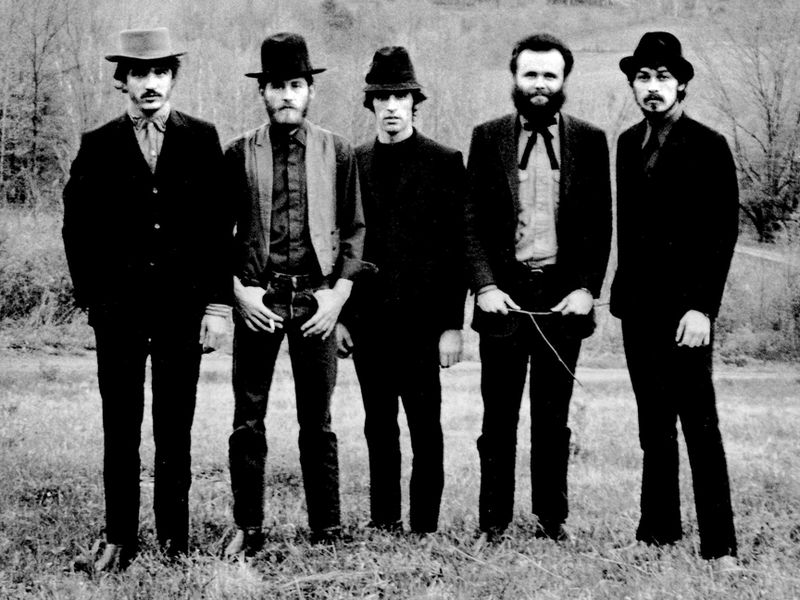
Rootsy musical alchemists who said farewell with rock’s greatest goodbye concert in 1976. Originally Bob Dylan’s backing group, they created an authentic Americana sound decades before the genre had a name.
Their rustic appearance and multi-instrumental talents contrasted sharply with psychedelic excess of their era. Martin Scorsese’s documentary “The Last Waltz” immortalized their final performance, featuring an all-star guest list celebrating their profound influence on roots music.
19. Soundgarden
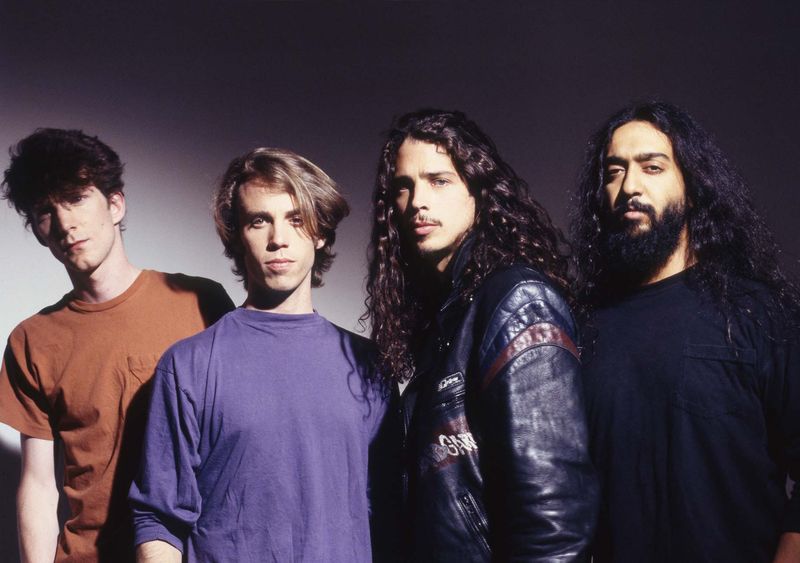
Grunge titans silenced forever by Chris Cornell’s tragic suicide in 2017. Their unique blend of Black Sabbath heaviness and Beatles melodicism created alternative metal’s most sophisticated sound during Seattle’s musical revolution.
Cornell’s four-octave voice could shift from tender whisper to primal scream within a single verse. After a successful reunion following their initial 1997 breakup, the band was exploring new material when Cornell’s passing ended their journey permanently.
20. The Jimi Hendrix Experience
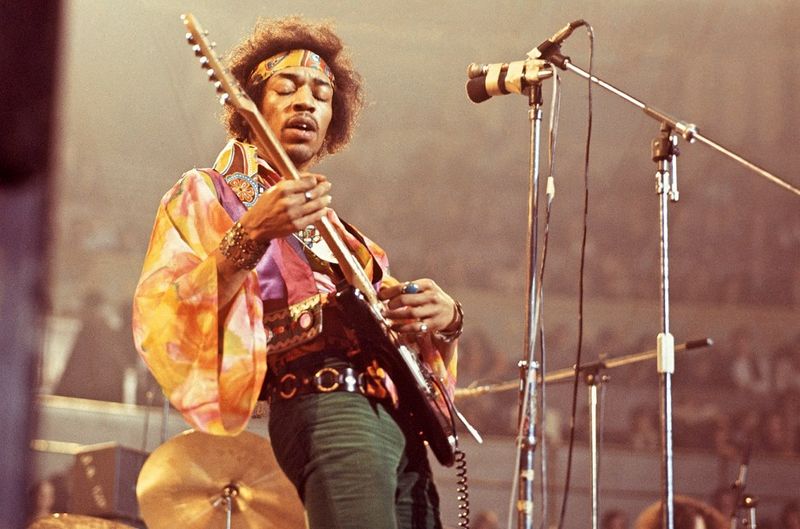
Guitar revolutionaries whose meteoric rise ended with Jimi’s accidental ending in 1970. In just four years, Hendrix reinvented electric guitar playing with techniques still studied by musicians today.
The power trio format with Mitch Mitchell and Noel Redding allowed Hendrix’s virtuosity room to explore psychedelic frontiers. His landmark Woodstock performance of “The Star-Spangled Banner” captured the cultural contradictions of the Vietnam era better than any protest song could.
21. The Ramones
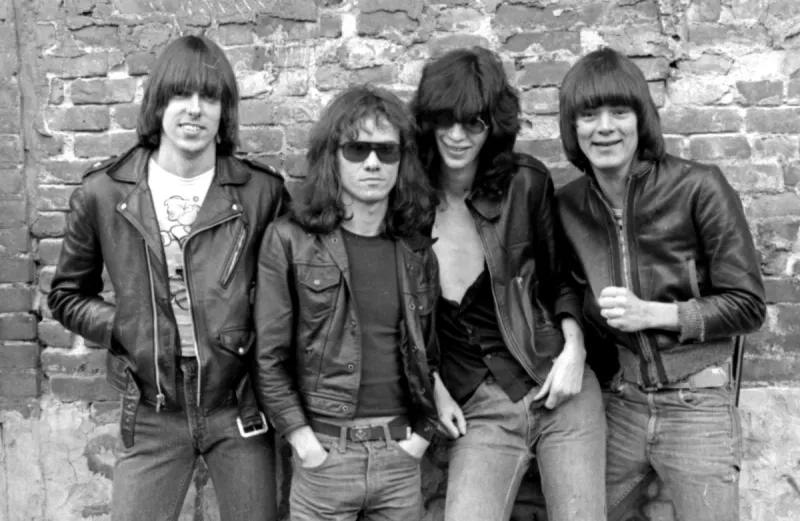
Leather-clad revolutionaries who invented punk rock’s template with three chords and two-minute songs. Despite playing together for 22 years, the original members all passed away without achieving the commercial success their influence deserved.
Their uniform look of leather jackets, ripped jeans, and bowl haircuts created punk’s defining image. Their simple “1-2-3-4” counted intros and buzzsaw guitar sound influenced everyone from Nirvana to Green Day, making them punk’s most important founding fathers.
22. Pantera

Brotherly strife split Pantera in 2003, with Dimebag Darrell’s tragic loss in 2004 sealing their fate. From glam roots to Cowboys from Hell’s groove-metal, their evolution was striking.
Dimebag’s guitar and Phil Anselmo’s vocals fueled 1990s metal, leaving a formidable legacy.
23. Faces
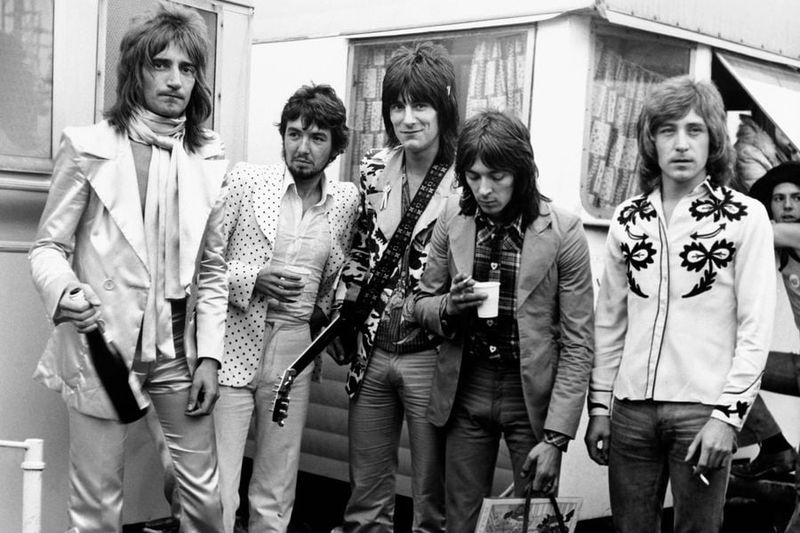
Rod Stewart’s solo fame outshone Faces, dissolving their boozy camaraderie. Ronnie Wood’s slide guitar and Ronnie Lane’s soulful songs complemented Stewart’s rasp.
Their loose, bluesy vibe influenced bands like Oasis, proving raw charm could outshine polished precision.
24. Black Sabbath
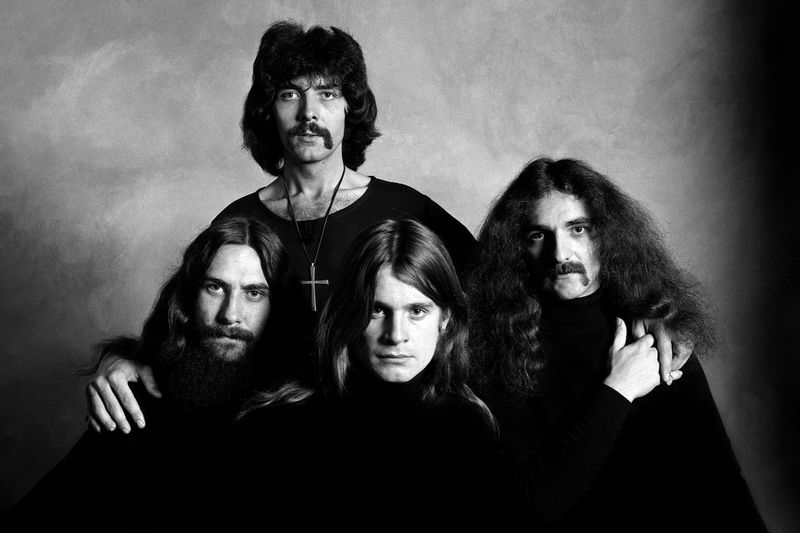
Heavy metal pioneers whose original dark magic dissolved amid substance abuse and ego clashes. Tony Iommi’s down-tuned guitar and Ozzy Osbourne’s eerie wail created the blueprint for generations of headbangers to follow.
Multiple lineup changes and reunions followed their initial split, but never recaptured their early doom-laden brilliance. Their final tour in 2017 brought their half-century journey full circle, closing the coffin on metal’s founding fathers.
